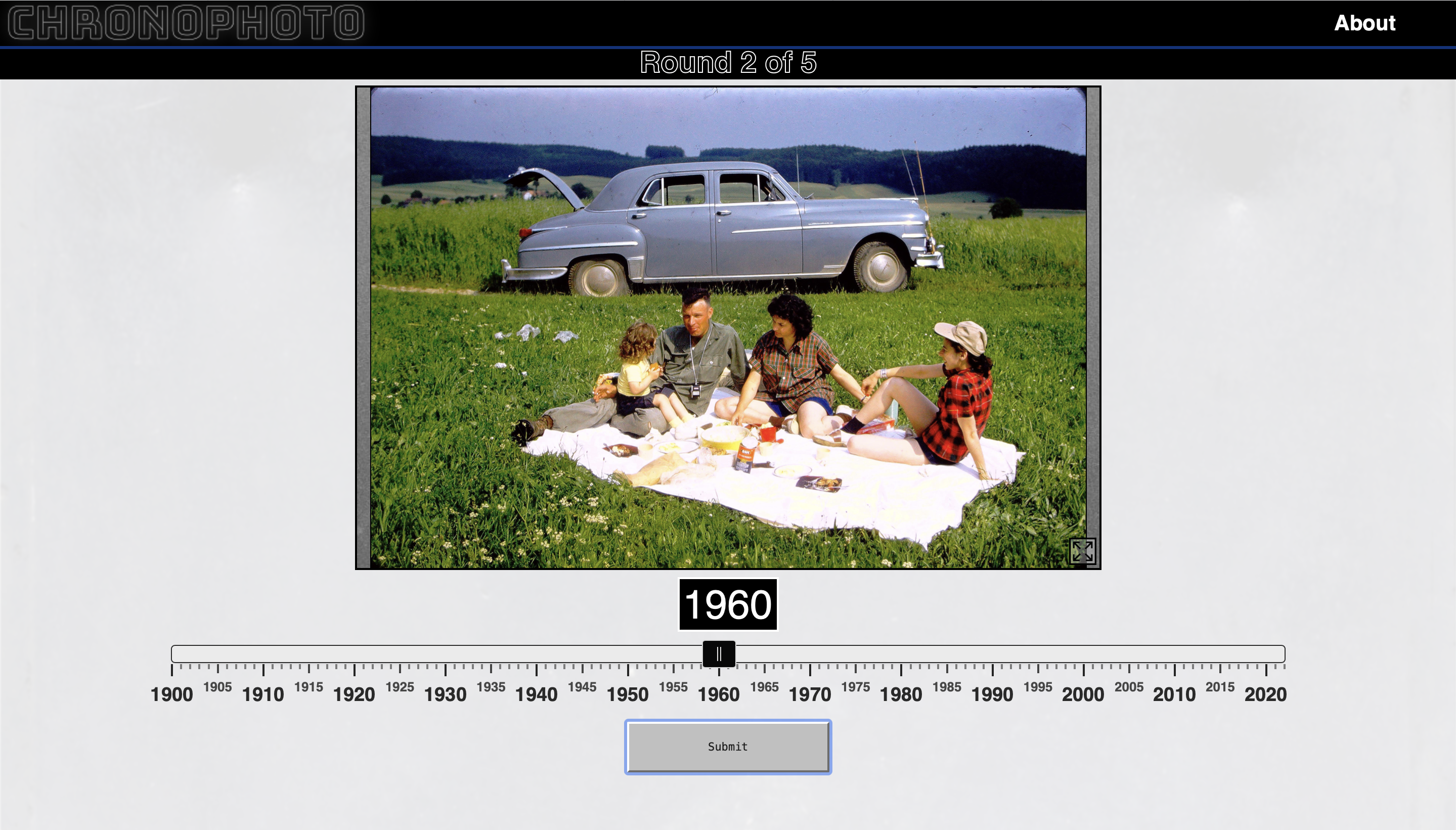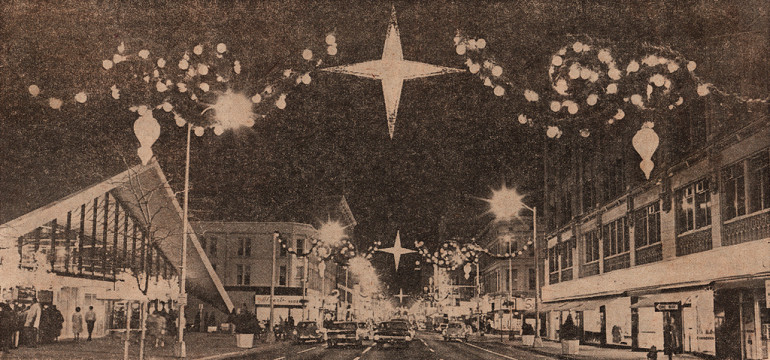Chronophoto Is A Fun Game Where You Guess The Age Of Photographs
I thoroughly enjoyed playing a few rounds of Chronophoto. It’s is a game in which you guess the dates of five historical photographs. The more accurate your guess, the higher your score. Each photograph has its own set of clues that give away the era — film quality, subject matter, products, uniforms, fashion, vehicles, and colorization,
My scores are all over the board, but after about 5 rounds I got a high score of 3,315. When I was wrong, I was really wrong. I did get a couple of guesses right on the spot – resulting in 1,000 points each – but being wrong is almost more interesting.



